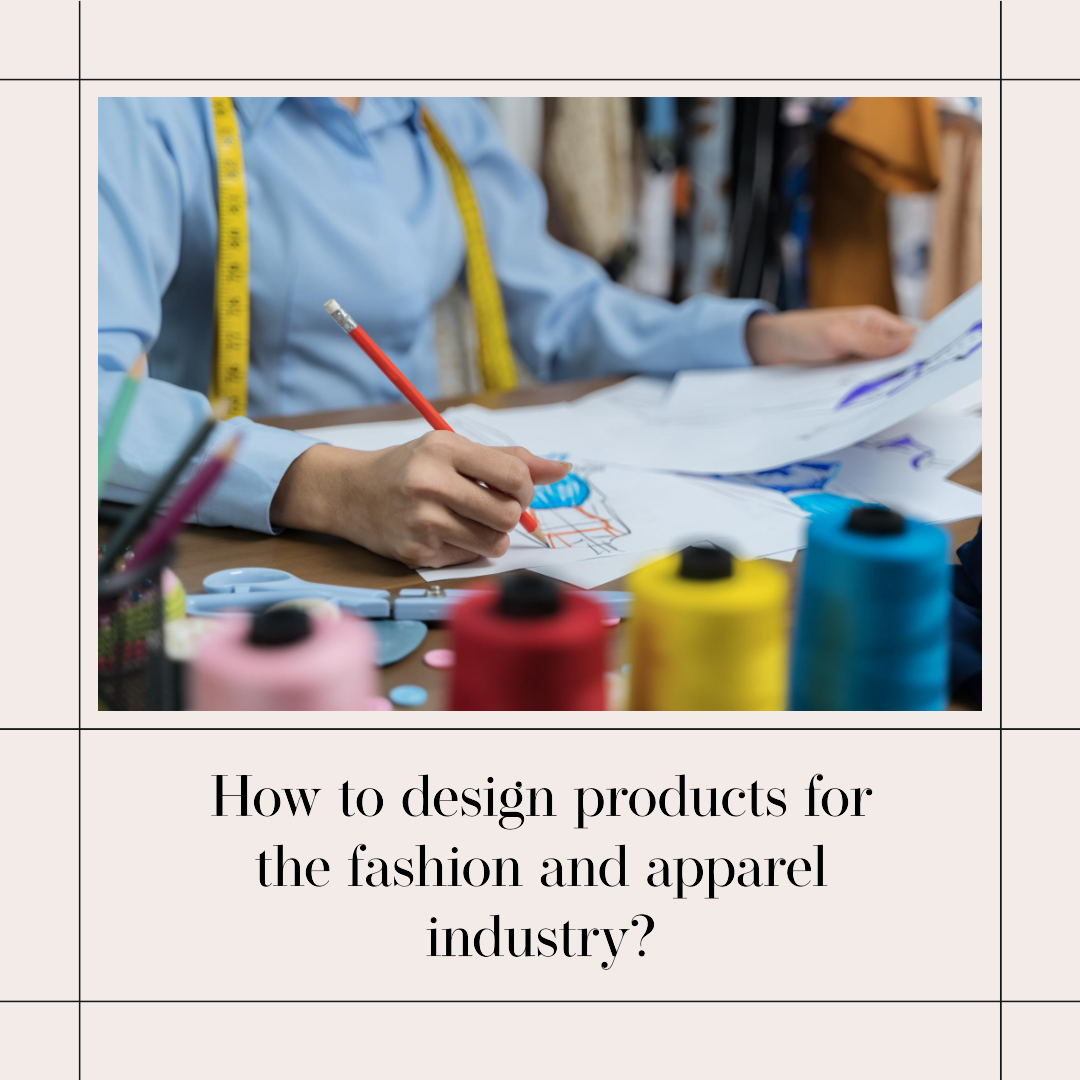How to design products for the fashion and apparel industry?
Introduction
The fashion and apparel industry is a highly competitive industry. To be successful, fashion brands need to design products that are both stylish and functional. They also need to design their products in a way that minimizes waste and environmental impact.
Designing products for the fashion and apparel industry is a complex and challenging task. It requires a deep understanding of the industry, the needs of consumers, and the latest trends. However, it is also an incredibly rewarding task, as fashion designers have the opportunity to play a role in shaping the way people dress and express themselves.
Key principles of designing products for the fashion and apparel industry
When designing products for the fashion and apparel industry, it is important to keep the following key principles in mind:
- Style: Fashion products must be stylish and appealing to consumers. Fashion designers must be able to identify and anticipate trends, and they must be able to design products that are both on-trend and timeless.
- Functionality: Fashion products must also be functional. They must be comfortable and easy to wear, and they must be able to withstand the rigors of everyday life.
- Sustainability: Fashion products must be designed in a way that minimizes waste and environmental impact. Fashion designers must choose sustainable materials and manufacturing processes, and they must design products that are durable and long-lasting.
Steps involved in designing products for the fashion and apparel industry
The process of designing products for the fashion and apparel industry typically involves the following steps:
- Research: The first step is to conduct research to understand the needs of consumers and the latest trends. This can be done through surveys, interviews, and focus groups.
- Concept generation: Once the research has been completed, the next step is to generate product concepts. This can be done through brainstorming, ideation sessions, and sketching.
- Design development: Once product concepts have been generated, the next step is to develop them in more detail. This involves creating technical drawings and specifications.
- Prototyping: Once a product design has been finalized, the next step is to create a prototype. This allows the product to be tested and evaluated before it is put into production.
- Testing: Prototypes are tested to ensure that they meet all style, functionality, and sustainability requirements.
- Production: Once a prototype has been tested and approved, the next step is to put it into production. This involves working with suppliers and manufacturers to produce the product to the highest standards.
Tips for designing successful products for the fashion and apparel industry
Here are a few tips for designing successful products for the fashion and apparel industry:
- Know your target audience: Who are you designing for? What are their needs and wants? Once you understand your target audience, you can design products that appeal to them.
- Stay up-to-date on trends: The fashion industry is constantly evolving, so it is important to stay up-to-date on the latest trends. This will help you to design products that are on-trend and appealing to consumers.
- Use high-quality materials: Fashion products must be well-made and durable. Use high-quality materials that will withstand the rigors of everyday wear and tear.
- Focus on sustainability: Consumers are increasingly concerned about the environmental impact of the fashion industry. When designing products, focus on sustainability by using sustainable materials and manufacturing processes.
- Get feedback: Get feedback on your product designs from consumers, retailers, and other experts in the fashion industry. This feedback will help you to improve your designs and create products that are more likely to be successful.








